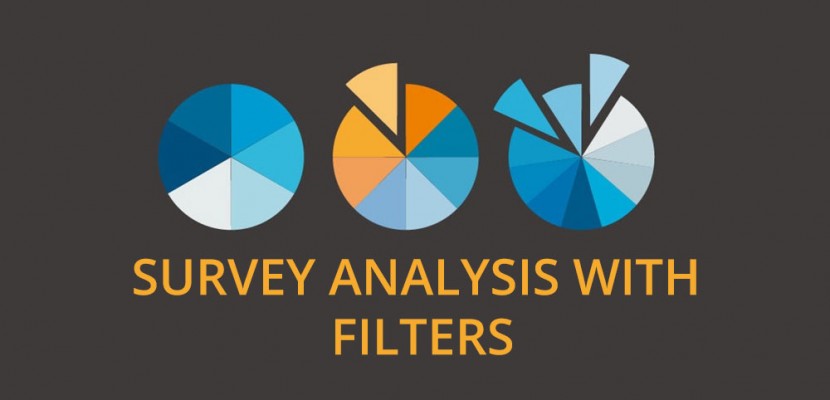
Say you need help in sifting through the ginormous amount of data that you’ve collected as part of your survey exercise. Because trust us when we say that only a bit of focus can completely turn the tables for you, letting you view a situation of loss as one of positivity.
Survey analysis is one of those things that need this kind of steely focus. Some surveys come with ‘filters’ feature, allowing you to zoom and zero in on specific details without some extraneous clutter coming in the way of you making your decision. This ‘filtered’ approach reveals trends that you didn’t know were there in the first place.
Suppose you want data from people who got your survey via email. Or maybe you want data from a specific age group of people who filled out that questionnaire. And while you’re at it, how about finding out how many people chose Option A in Question 4?
These are but just a snippet of how powerful the ‘filter’ feature is, to aid decision-making processes.
Let’s take a look at how filters work in real life situations.
Suppose you are a HR manager. You want to see how well employees are at the workplace. To gauge their happiness levels, you can utilize an Employee Satisfaction Survey that asks certified and relevant questions for employees.
Want to find out if the graphic designers are happy with their workstations? Yes you can.
Want to find out if the cafeteria food is up to the mark? Sure you can.
Want to see if new employees have a hard time adjusting to the company and why? All of this is possible by toggling on ‘filters’ feature and seeing the data. Maybe the writers have a hard time assimilating than the designers? Maybe brand managers need to see which of their employees need encouragement and support?
If the lower level employees seem to be of the opinion that the company doesn’t offer them adequate career progression opportunities, then if left unaddressed, employees may continue to come and go. This can mean that the company is spending more on hiring people than on retaining those new hires, leading to huge turnover costs. To find out the reason behind this, filters can help you out.
Like we said, all becomes clearer once you utilize the benefits that a filter gives you. This way you can identify issues and nip problems in the bud before they get too hot to handle. You can make improvements to how the company works, offering a level-playing field to new and old hires alike. You can make improvements to your products and services when it comes to consumer satisfaction. In getting survey analysis done right, the role of filters is monumental to say the least. With all the white noise around us, we sure can do with a specific and limited focus on one problem at a time. And thanks to filters, its perfectly doable.
Kelvin Stiles is a tech enthusiast and works as a marketing consultant at SurveyCrest – FREE online survey software and publishing tools for academic and business use. He is also an avid blogger and a comic book fanatic.